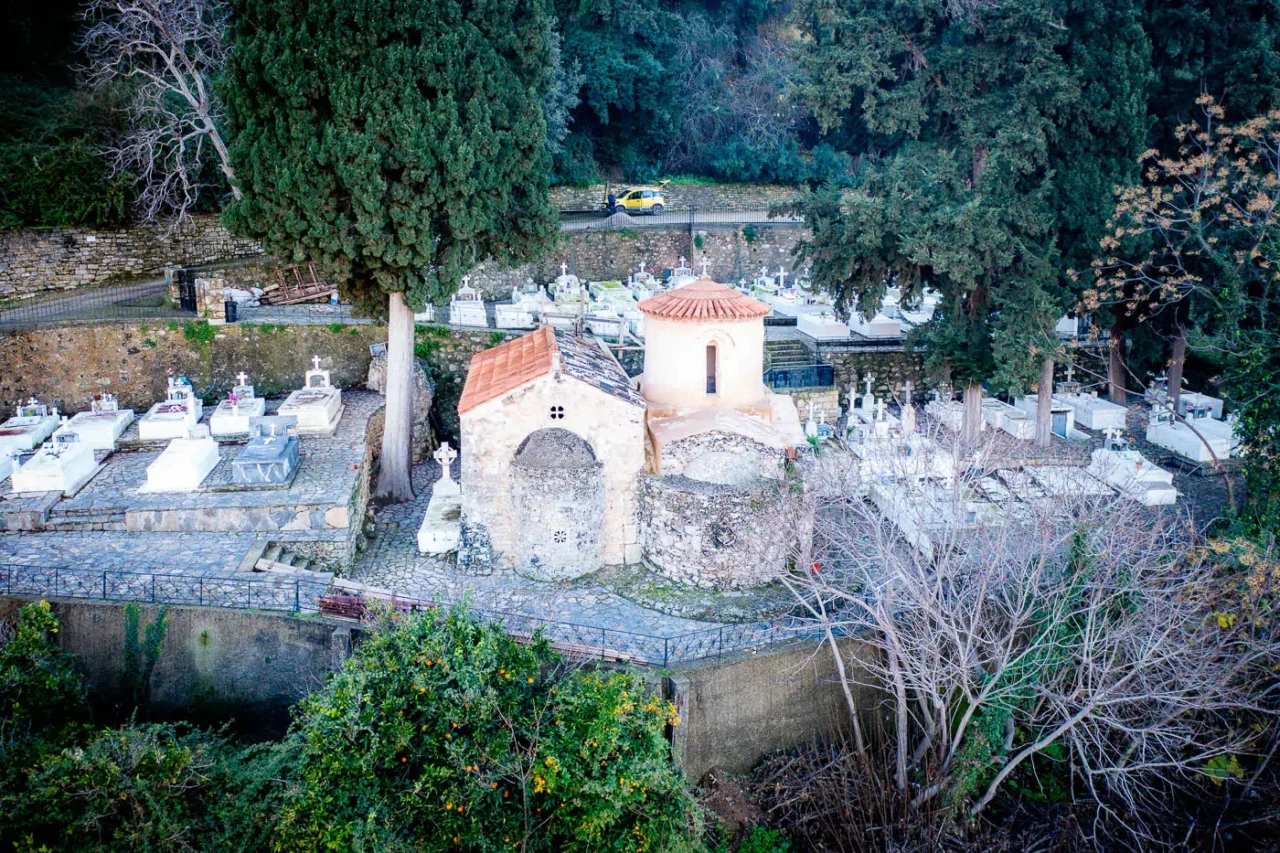
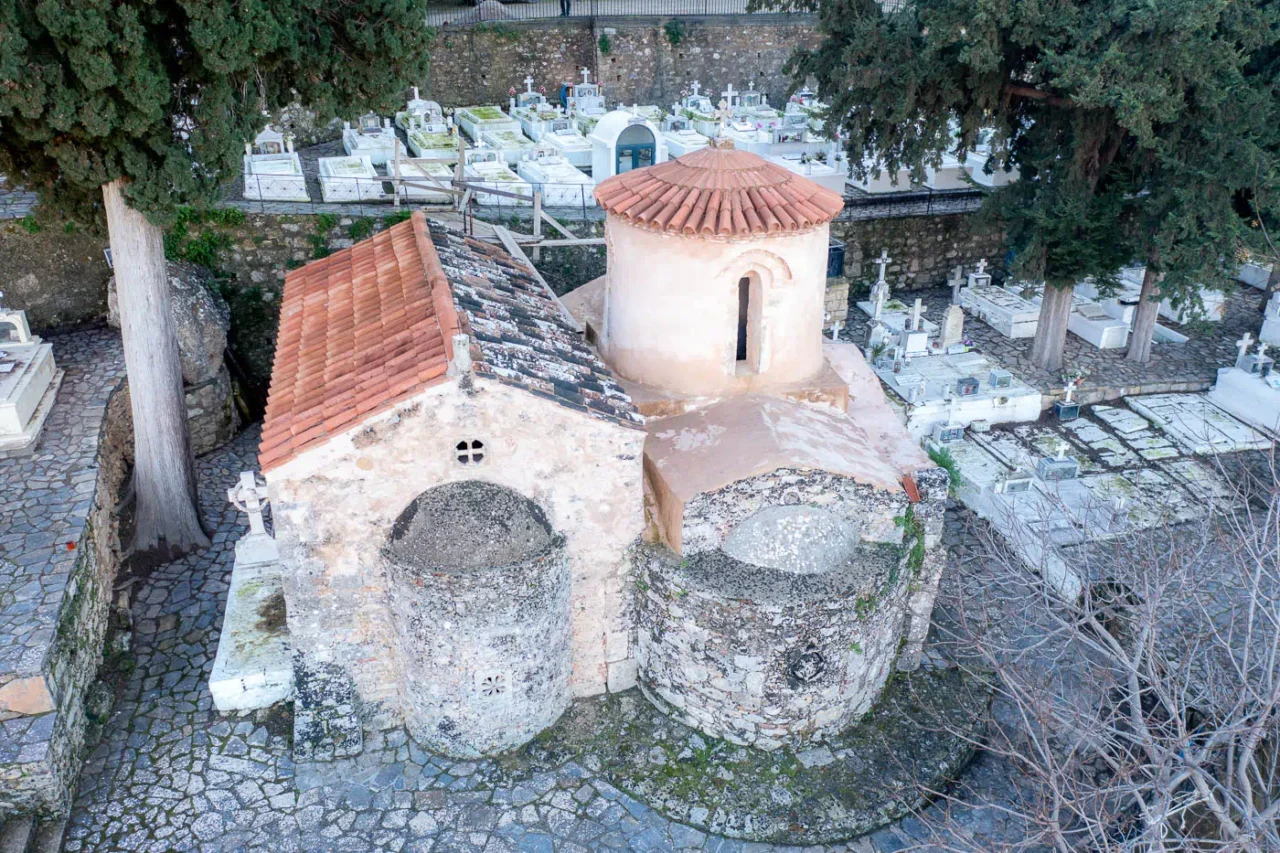
The Temple of Sotiras Christos (Christ the Savior), situated in Eleutherna, Crete, is the northern part of a dual-church complex. The church is architecturally significant, showcasing multiple construction phases and modifications that span from the Middle Byzantine period to the Venetian era.
Architectural Features
The church is a small, single-room structure with a dome supported by arches that rest on four pilasters. The apse of this church is built on top of an even larger apse from an older church, possibly from the Early Christian period. The church features remnants of wall paintings, notably a depiction of Christ Pantocrator in the dome, which are dated to the late Middle Byzantine period (late 12th to early 13th centuries).
Modifications and Additions
The church has undergone several modifications and additions during the late medieval period, particularly during the Venetian presence on the island. These modifications can be categorized into two distinct phases:
14th-Century Interventions
The first phase of interventions likely occurred in the 14th century. Two doorways were added or repaired on the north and west walls of the church. These doorways are adorned with newly carved doorframes featuring pointed Gothic arches. The northern doorway has a unified design with two parallel semicircular moldings and a series of waves between them. The western doorway, on the other hand, appears more carelessly constructed and consists of two distinct parts: a rectangular carved doorframe and a pointed relieving arch decorated with a molding and a band of dentils. Two small tectonic Gothic capitals made of local limestone, also dating to the 14th century, are found inside the church.
16th-Century Interventions
The second phase of interventions and expansions took place in the late Middle Ages, likely in the 16th century. The southern church, dedicated to Saint John, was added during this phase, along with necessary alterations to the older church, including a new window with carved decoration on the north wall. The Church of Saint John is a single-nave, barrel-vaulted structure with a pointed arch. It features distinctive architectural elements characteristic of 16th-century Cretan architecture, such as the corbelled base at the northeast corner and the decorative motifs on the springers of the reinforcing arches. The interior surfaces of the church were originally covered with white plaster, as evidenced by faint charcoal inscriptions and notes in Greek, Latin, and Italian, one of which bears the date 1645.
A monumental tomb was constructed in the floor of the Church of Christ, directly beneath the dome. The covering slabs lack any visible decoration, although it is assumed that they once had a decorated surface or inscription that has since worn away. The southern wall of the Church of Saint John features a doorway and a window. The doorway has a simple rectangular carved frame and a relieving arch with a flame-like termination at the top. The window on the south wall follows Western forms derived from Renaissance styles, with characteristic carved decoration that places it firmly in the 16th century.
A similar window on the north wall of the Church of Christ also belongs to this phase. It bears an Italian inscription on the arched lintel, which likely dates the entire 16th-century construction phase. The inscription mentions the year 1581 and possibly refers to Bernardo Pollani, the rector of Rethymno from 1580 to 1583.
Historical Context
The historical context of the Temple of Sotiras Christos is deeply intertwined with the broader history of Eleutherna, particularly its complex relationship with Venetian rule and the evolving religious landscape of Crete. The region faced a period of significant upheaval in the late 14th and 15th centuries, marked by uprisings against Venetian authority. The Venetian response was harsh, imposing a decree of desolation that led to the abandonment and depopulation of Eleutherna, a period that likely impacted the church and its surrounding community. The first phase of modifications to the church, including the addition of new doorways and potential architectural elements associated with the two Gothic capitals, likely predates this period of desolation.
The 16th century witnessed a revival of activity in Eleutherna, marked by the construction of the second church dedicated to Saint John and further alterations to the existing structure. This resurgence could be linked to the repopulation of the area after the lifting of the Venetian decree and the potential establishment of a monastery at the site. The dual-church complex itself reflects the intricate religious dynamics of Venetian Crete, where Orthodox and Catholic communities coexisted, sometimes harmoniously, sometimes in tension. The dedication of the new church to Saint John, mirroring the dedication of the metropolitan church of the Mylopotamos diocese, might suggest connections to the local Catholic hierarchy.
The inscription mentioning Bernardo Pollani, the rector of Rethymno, further hints at potential interactions between the church complex and Venetian officials. While the exact nature of Pollani’s involvement remains unclear, his presence underscores the broader political and social context in which the church complex evolved. The monastery’s subsequent decline after the Ottoman conquest of Crete highlights the fragility of religious institutions in the face of shifting political powers and the broader historical forces that shaped the island’s fate. The Temple of Sotiras Christos thus stands as a testament to the complex interplay of historical, religious, and political factors that have shaped the landscape of Eleutherna and the broader context of medieval Crete.
Key points
Certainly, here are the bullet points summarizing the key information about the Temple of Sotiras Christos based on the provided text:
- Construction Period: The original structure dates back to the Middle Byzantine period. It underwent modifications in the 14th century and further expansions in the 16th century, particularly with the addition of the Church of Saint John.
- Location: The church is situated on the eastern slope of the hill in Eleutherna, Crete, where the remains of the ancient and early Byzantine city are located.
- Dimensions: The Temple of Sotiras Christos is a small, single-room structure. The dimensions of the southern church (Church of Saint John) are approximately 9 meters by 5.10 meters, with a height of 5.70 meters.
- Historical Significance: The church is part of a dual-church complex that likely served as the katholikon (main church) of the monastery of Eleutherna. The complex reflects the complex religious landscape of Crete during the Venetian period, showcasing the coexistence and interactions between the Orthodox and Catholic faiths. The church also features architectural elements and modifications from different periods, offering insights into the construction practices and artistic influences of those times.
- Current Status: The church complex stands within the modern village cemetery, near a spring that has supplied water to the settlement for at least the past two centuries. The monument is in a relatively good state of preservation, retaining elements from its various phases of use.
Reference
-
Tsibikis, N. (2013). Searching for Medieval Eleutherna: The Double Church of Christ the Saviour and St. John and the Monastery of Eleutherna. In TheMelion. 24 studies for the Teacher Petros Themelis by his students and colleagues (pp. 345-365). The Society of Messenian Archaeological Studies.













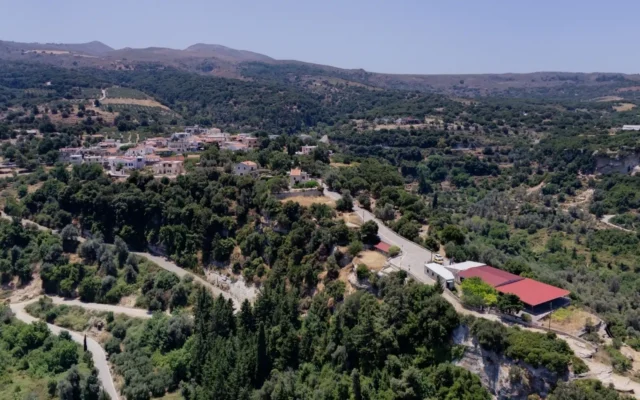

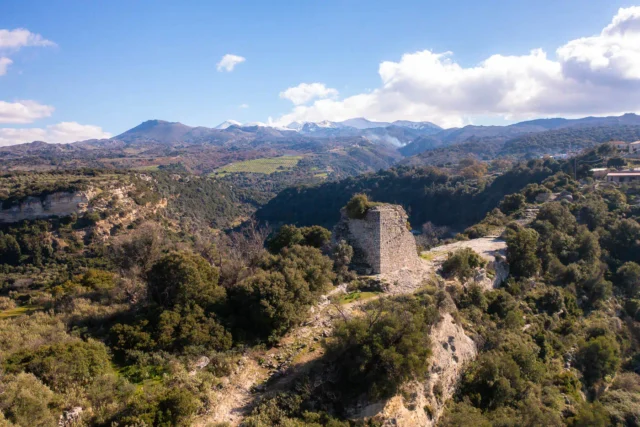


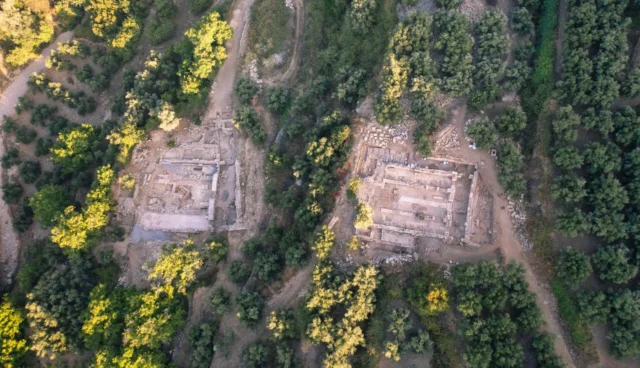
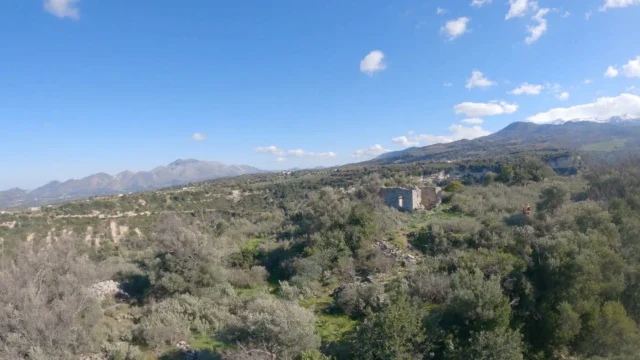
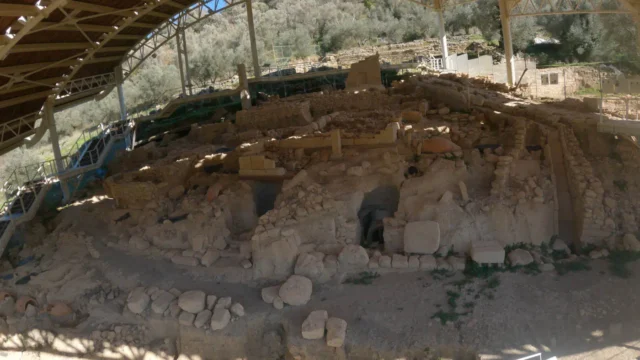
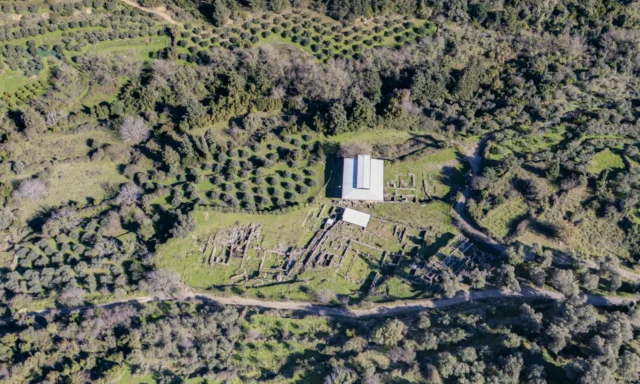
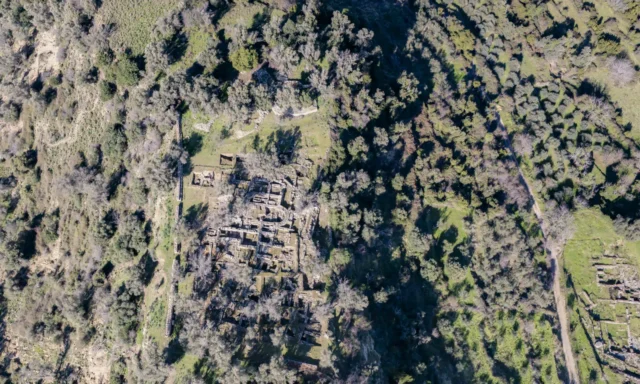
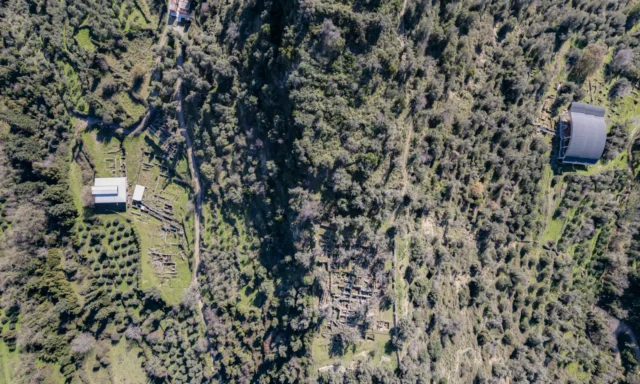
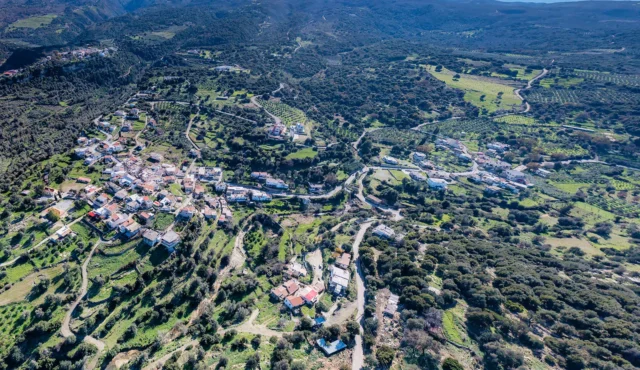
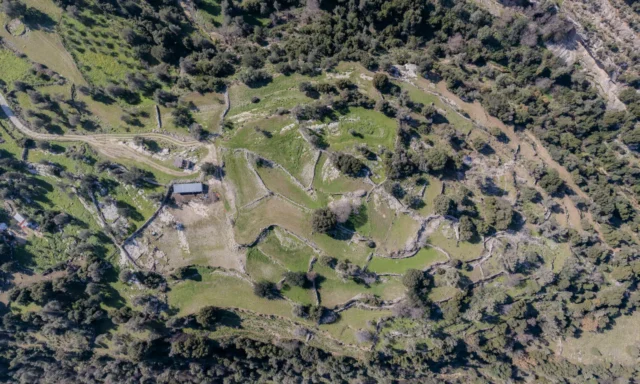
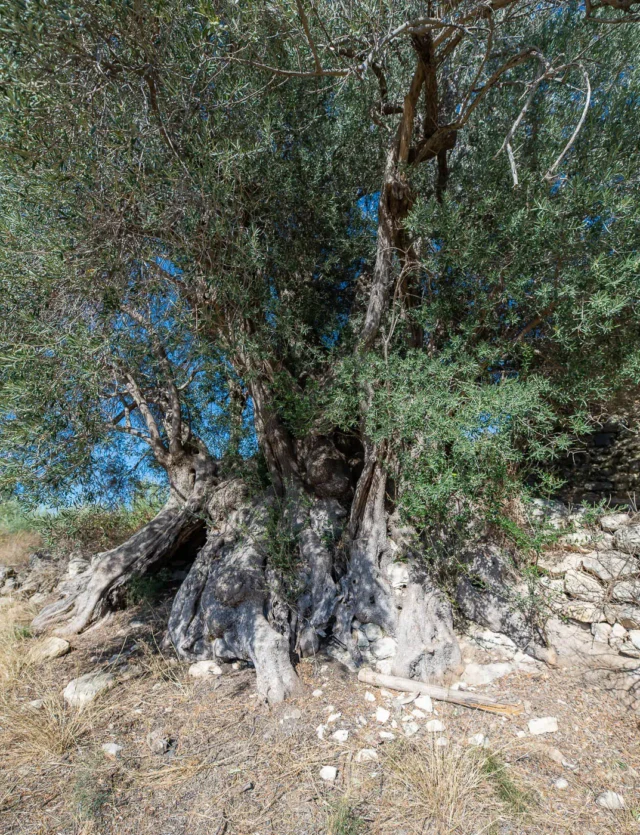
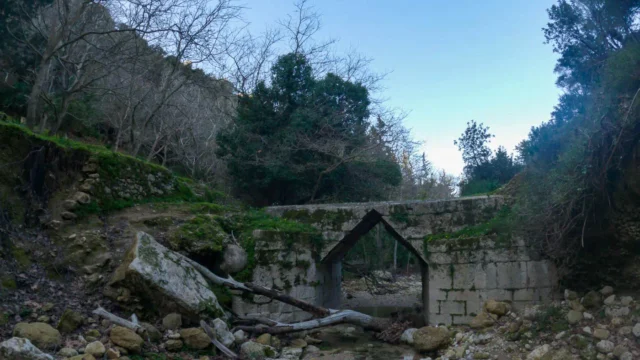

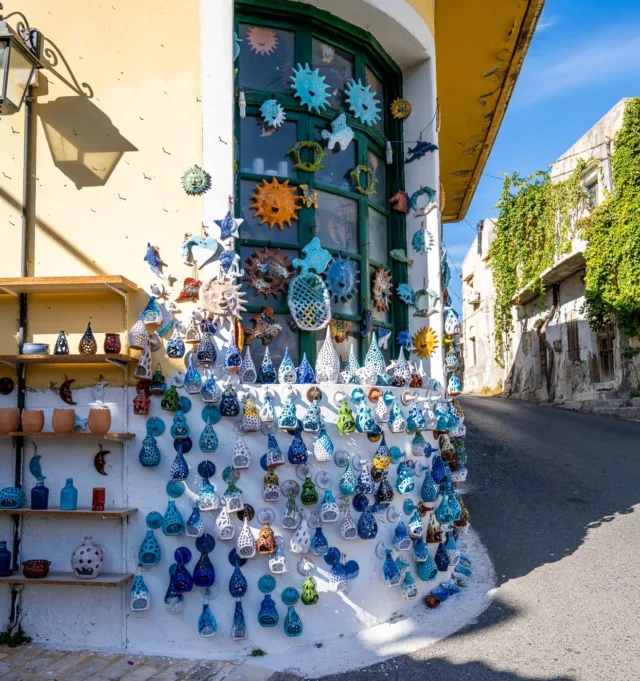

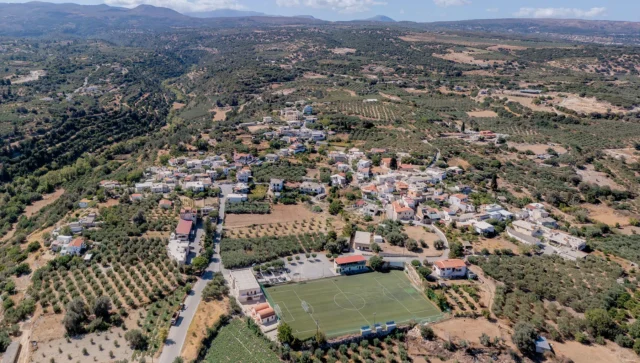
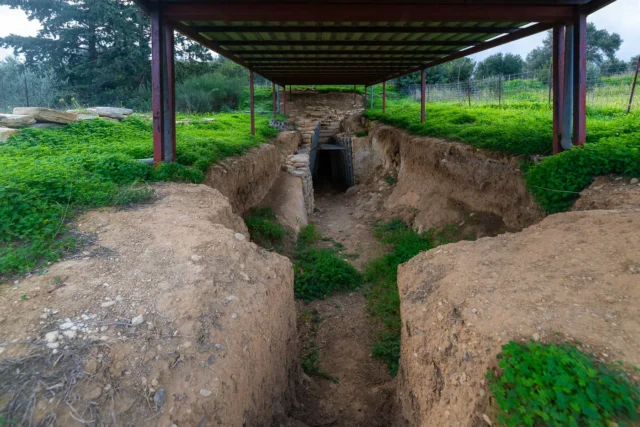

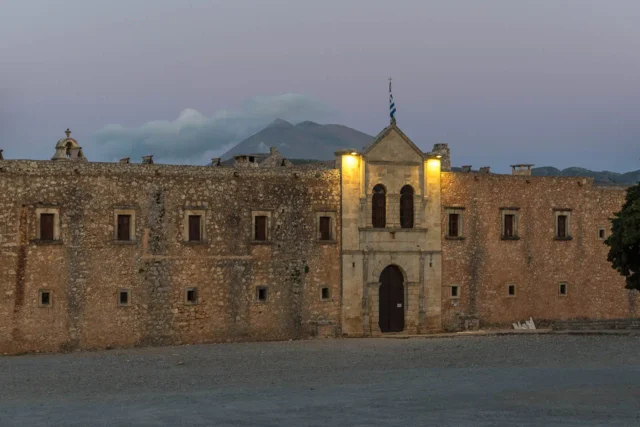

There are no comments yet.